Why is an Enterprise architecture approach a better alternative?
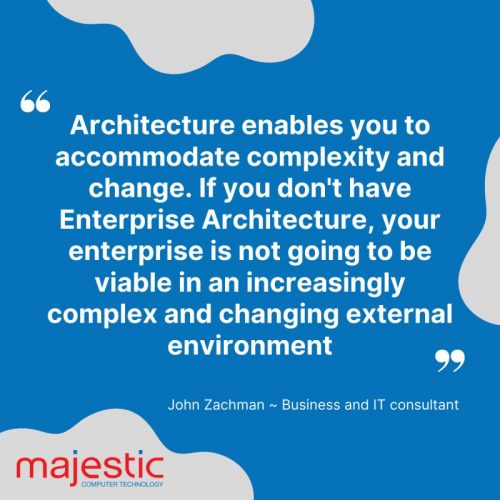
Early pioneer of enterprise architecture, John Zachman conveys the importance of Enterprise Architecture approach. Failing to take a holistic view of business process in managing technology, organisations can’t keep up with increasingly complex external environments.
In the world of technology (and beyond for that matter), there are two ways to look at resolving problems. The first, and most direct, is a Solutions Architecture approach. The other is an Enterprise Architecture approach. A Solutions Architecture approach moves no further than the immediate rectification of the problem at hand.
On the surface of it, solving the problem at hand seems like a great idea, but what it fails to do is look below the surface. When you have a problem and you only look at how to resolve it, you’re not taking a broader view of how that particular resolution is going to fit within the overall picture of what the organisation needs. As a consequence of that, there is a potential that whilst you might resolve that particular problem, you may then in turn create a series of other adverse effects that you didn’t foresee or even desire. An Enterprise Architecture approach tells us to take a holistic view of what an organisation is all about, what the fabric of the organisation is made of and how the organisation operates. Those operations must be considered in terms of engagement with clients, with the organisations people and the output of work. When this happens, there’s a far greater likelihood that utilising a mix of Enterprise Architecture, coupled with a Solution Architecture approach to a particular problem, is going to yield a far better outcome.
Using a solution-based approach (alternatively called a Solution Architecture approach) to solve IT challenges, can result in unpredictable and undesirable outcomes. By adding an Enterprise Architecture approach into the mix, your organisation can take a holistic view that considers overarching business goals, rather than just particular processes. This allows for better outcomes and less money wasted solving underlying issues. With the average SME spending 6% of total revenue on technology, you want to ensure that you don’t fund solutions that will negatively impact your organisation in the long run.

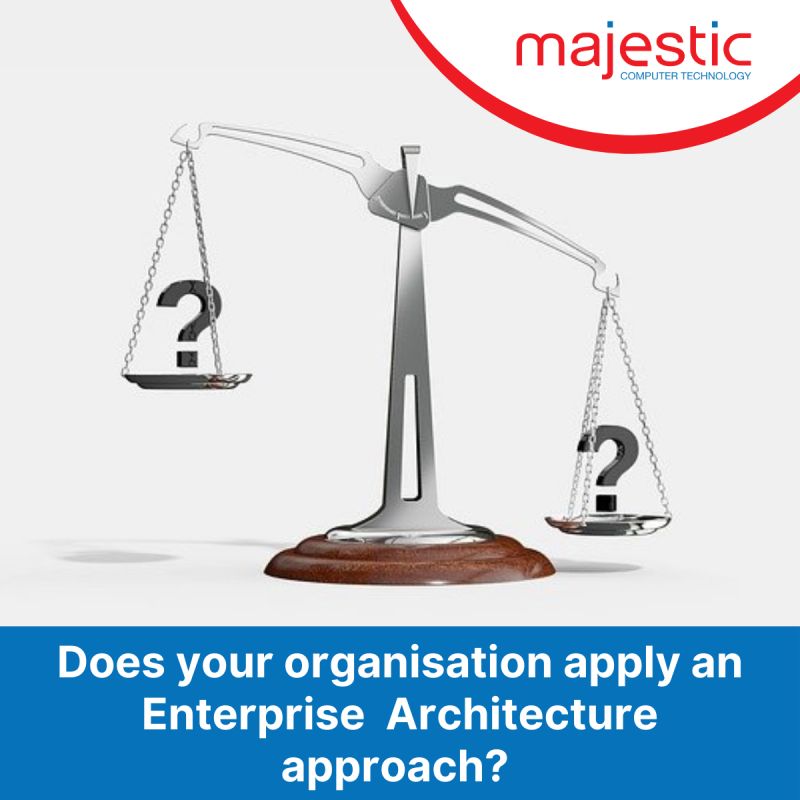

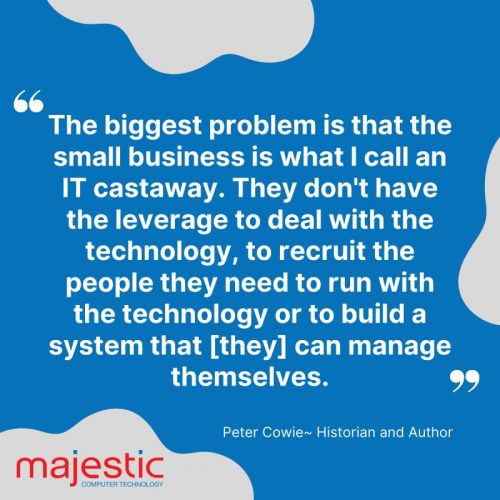 One of our primary differences is our understanding that the most critical element in the success of engaging any service is how well that service meets the strategic needs of your organisation.
One of our primary differences is our understanding that the most critical element in the success of engaging any service is how well that service meets the strategic needs of your organisation.
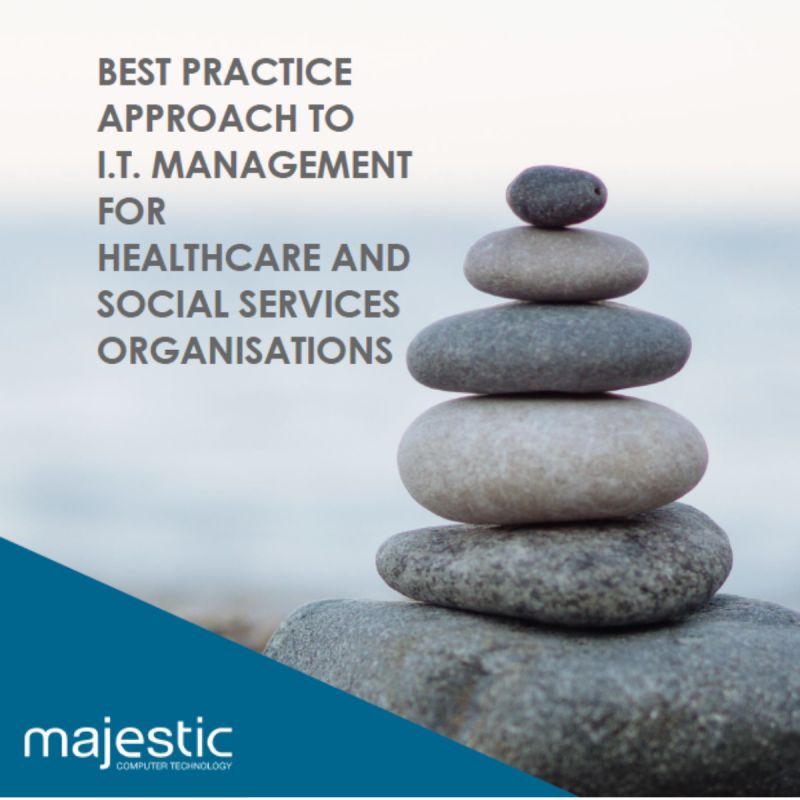
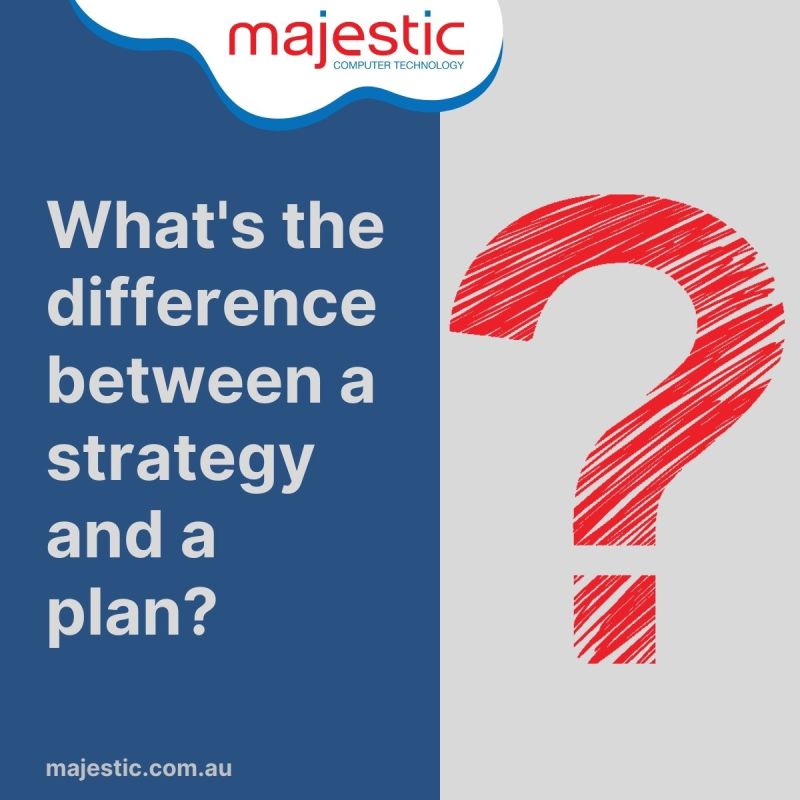
 Satya Nadella expresses the importance of technology in business, both in meeting your organisation’s imperatives, as well as enabling and supporting it as it changes and grows.
Satya Nadella expresses the importance of technology in business, both in meeting your organisation’s imperatives, as well as enabling and supporting it as it changes and grows.
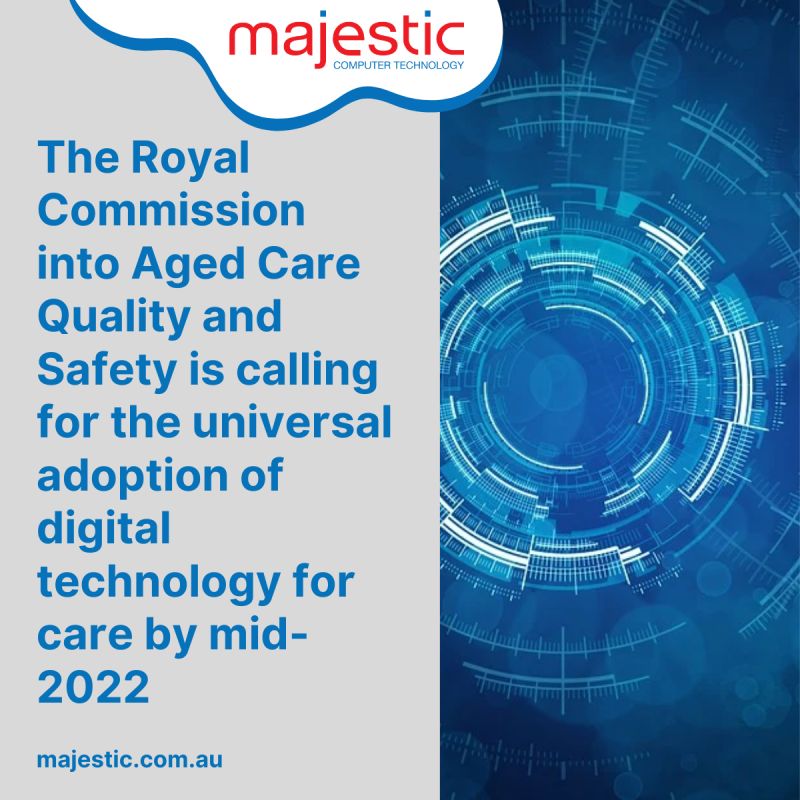

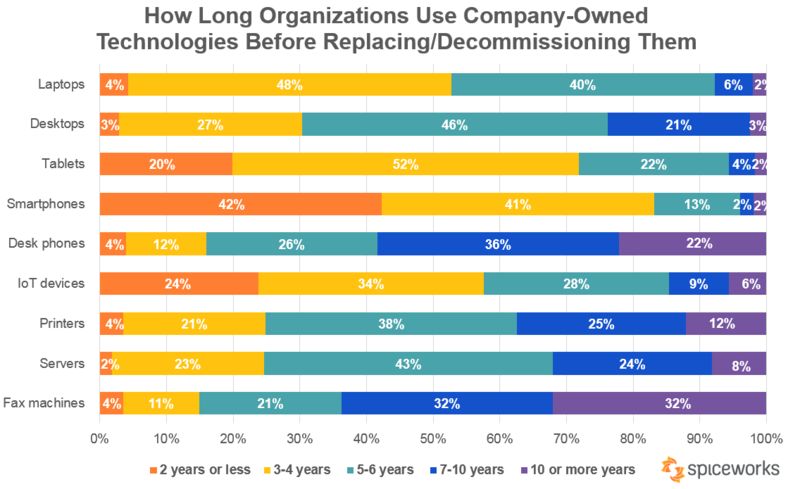
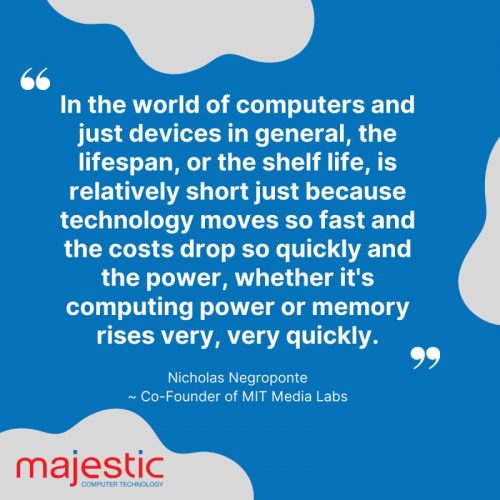 Nicholas Negroponte’s quote emphasises a downside to technology’s rapid pace of improvement – namely, that IT equipment generally has a shorter shelf life than other assets. Although companies will generally like to stretch assets as far as they can, in the long term it’s more cost efficient to implement new technologies within your organization than sticking to outdated technology, particularly when the less tangible issues like wasted time, energy, and resources are factored in.
Nicholas Negroponte’s quote emphasises a downside to technology’s rapid pace of improvement – namely, that IT equipment generally has a shorter shelf life than other assets. Although companies will generally like to stretch assets as far as they can, in the long term it’s more cost efficient to implement new technologies within your organization than sticking to outdated technology, particularly when the less tangible issues like wasted time, energy, and resources are factored in.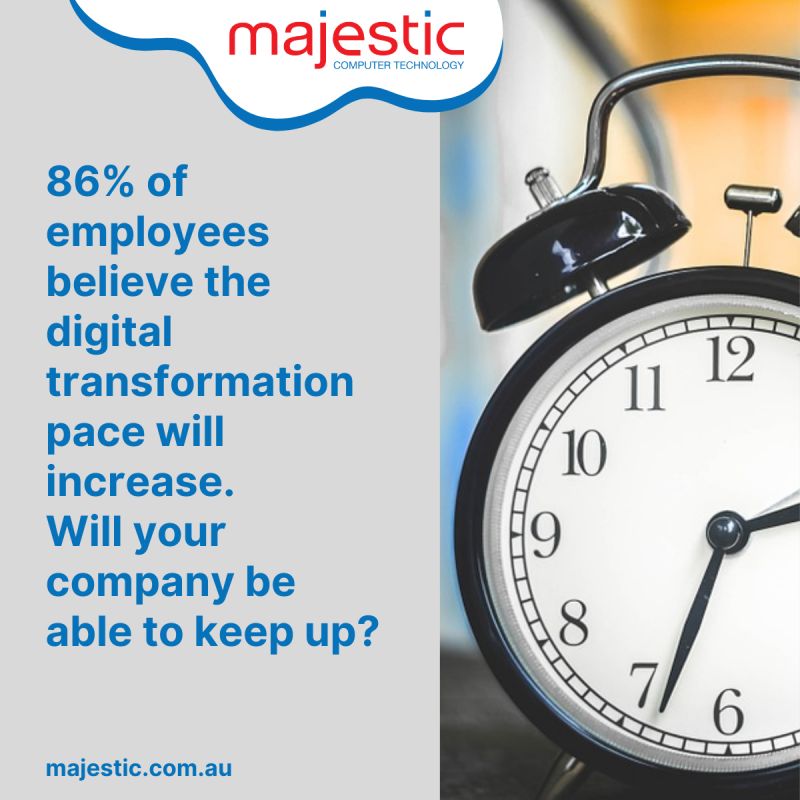
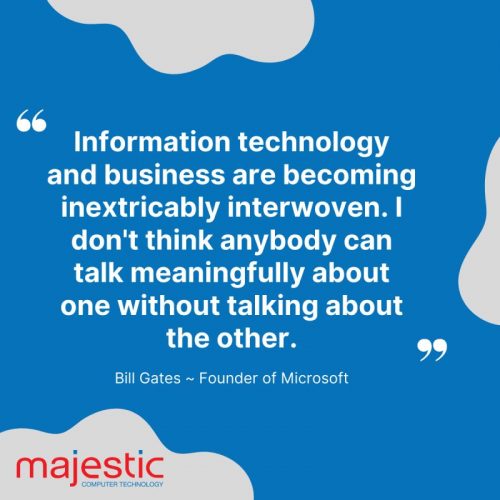 Bill Gate’s quote emphasises the point that information technology and business strategy are connected in such a complex manner that they are no longer mutually exclusive.
Bill Gate’s quote emphasises the point that information technology and business strategy are connected in such a complex manner that they are no longer mutually exclusive.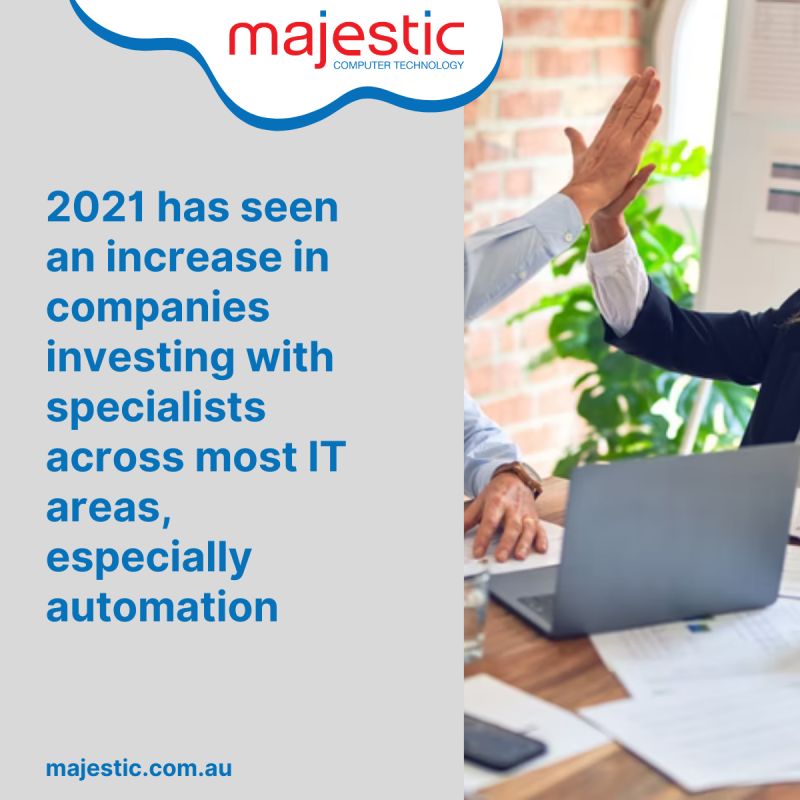
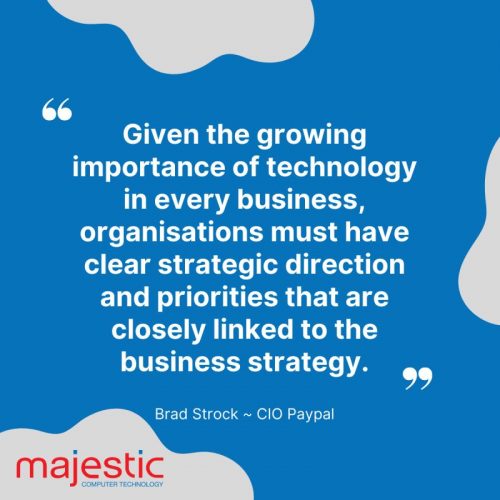

 Peter Drucker’s quote recommends that organisations focus their operations on their field of expertise and outsource the remainder. The benefits of strategic outsourcing are then realised in terms of the quality of outcomes and the flow on effect that additional quality brings, including increased profit and better retention of both staff and clients.
Peter Drucker’s quote recommends that organisations focus their operations on their field of expertise and outsource the remainder. The benefits of strategic outsourcing are then realised in terms of the quality of outcomes and the flow on effect that additional quality brings, including increased profit and better retention of both staff and clients.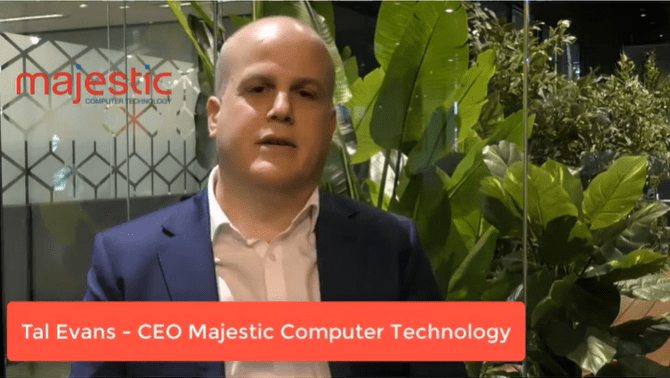

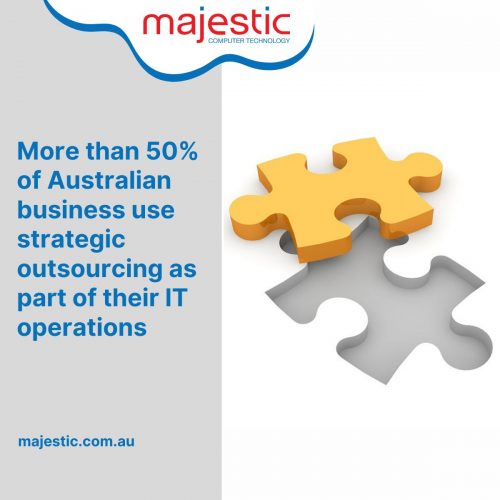 Research from Deloitte shows that more than 50% of Australian businesses are outsourcing some, or all, of their IT operations. Has your organisation considered the benefits of strategic outsourcing?
Research from Deloitte shows that more than 50% of Australian businesses are outsourcing some, or all, of their IT operations. Has your organisation considered the benefits of strategic outsourcing?